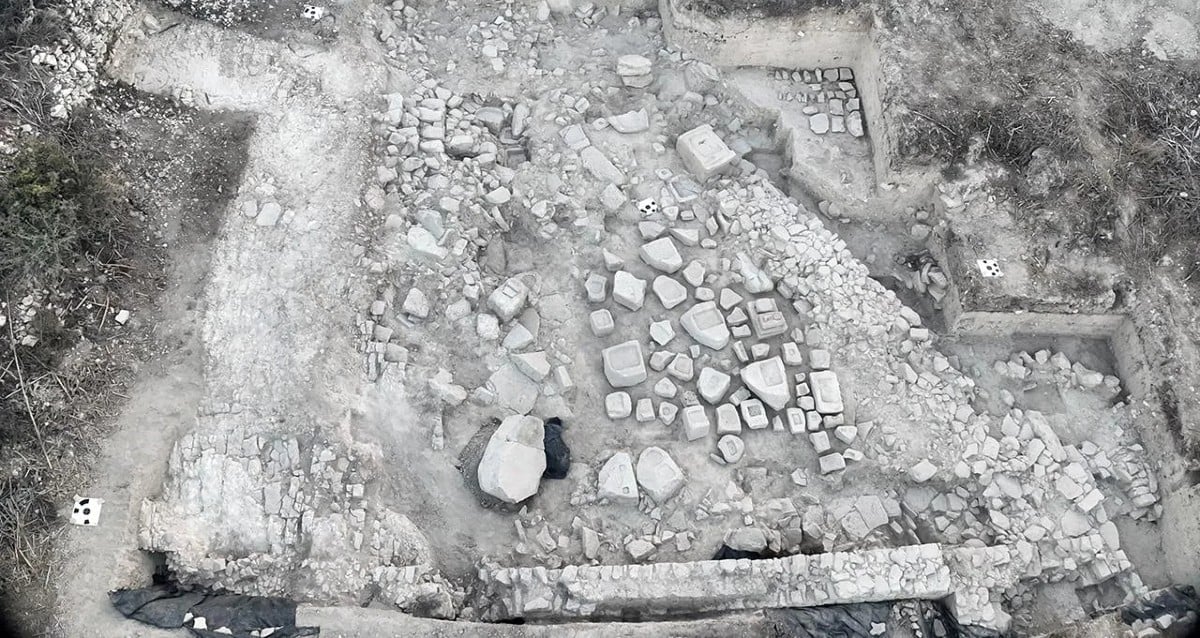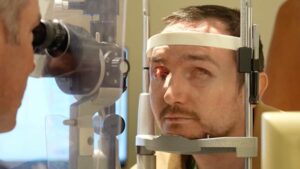Hidden for Millennia: The Stunning Lost Sanctuary of Apollo Unearthed in Cyprus Reveals Mysterious New Artifacts
Over 130 years ago, a German archaeologist named Max Ohnefalsch-Richter stumbled upon what seemed like a treasure trove of colossal statues tucked away in Cyprus—the Sanctuary of Apollo. But here’s the kicker: after his grand excavation, he didn’t exactly shout from the rooftops about his find. Nope, he reburied the whole thing, sending it into a deep, dusty slumber lost to history. Can you imagine uncovering something that huge and then just covering it back up? Talk about burying your own hatchet! Fast forward to 2021, and a new breed of archaeologists from several German universities dusted off the trail, determined to find this lost temple. Their efforts paid off spectacularly, revealing not only the sanctuary’s location but also a bounty of artifacts far richer than anyone dared expect. So, what secrets were hidden beneath the earth all this time—and why was it hidden away in the first place? Let’s dig in and find out! LEARN MORE
Originally discovered in 1885, the Sanctuary of Apollo in Cyprus was reburied and lost to the ages — until now.

Republic of CyprusThe excavation site of the rediscovered Sanctuary of Apollo in Cyprus.
Over a century ago, a German archaeologist uncovered a sprawling ancient site in Cyprus, a temple known as the “Sanctuary of Apollo” that was filled with towering statues. However, he reburied the site after his excavations, and its exact location was lost. Now, archaeologists have rediscovered the temple — and found that it’s even more spectacular than previously thought.
Starting in 2021, archaeologists began to search in earnest for the lost Sanctuary of Apollo. They finally found it, and now they’re revealing the lost treasures they discovered inside.
Rediscovering The Sanctuary Of Apollo
According to a statement from the Republic of Cyprus Department of Antiquities, the Sanctuary of Apollo in Cyprus was originally discovered in 1885 by German archaeologist Max Ohnefalsch-Richter.

Public DomainMax Ohnefalsch-Richter in Cyprus circa 1910.
Ohnefalsch-Richter unearthed the temple, which was once connected to the ancient city-kingdom of Tamassos, in the Frangissa Valley. He excavated hundreds of votive statues, some of which were “colossal.” But then Ohnefalsch-Richter completely reburied the temple — and it was lost to time until the 21st century.
In 2021, archaeologists from the University of Frankfurt, the University of Kiel, and the University of Würzburg began to excavate the site in search of the lost Sanctuary of Apollo. They successfully located it and began searching through the treasures inside.
Thrillingly, the archaeologists found that the sanctuary was even richer in ancient artifacts than Ohnefalsch-Richter had originally described.
The Many Treasures Found In The Sanctuary Of Apollo
During the most recent excavations, archaeologists uncovered the walls of the sanctuary courtyard, as well as over 100 statue bases. Some of these were “colossal in size.” Researchers also found statue fragments which, for whatever reason, had not been documented back in the 19th century.

Republic of CyprusArchaeologists were thrilled to find a wealth of artifacts at the Sanctuary of Apollo, some of which had not been documented previously.
“Apparently, in 1885, during the rush to locate impressive finds, these were not recognized as objects,” the Department of Antiquities noted in its statement. “These findings significantly expand our knowledge of the sanctuary. Many limbs from statuettes in the Cyprus Museum and the Royal Ontario Museum in Toronto can be supplemented with the now found fragments and thus restore their original appearance.”
Other discoveries at the site included new statues, including huge limestone feet, as well as votive objects like marbled beads and glazed ceramic Egyptian amulets that weren’t documented by Ohnefalsch-Richter. Archaeologists also noted inscriptions on two statue bases, one in local Cypriot syllabic characters and the other in Greek letters. The latter also included a reference to the Ptolemies, the rulers of Egypt, who controlled Cyprus during the Hellenistic period.
According to the statement from the Department of Antiquities, finds like these suggest that the site played an important cultural role in ancient times and beyond. Indeed, the Sanctuary of Apollo contains a wealth of artifacts, and archaeologists are eager to continue their excavation of the site.
“In addition to these new findings, which promise to shed new light on the worship of the deity through the votive statues, the possibility is once again given to investigate the architecture of the sanctuary, which had been insufficiently documented by Ohnefalsch-Richter,” the statement noted.
It continued: “Further investigation of the surviving remains thus promises to offer important and extensive knowledge that will help to reconstruct the ritual behaviors of the past and will allow us to see them in their original spatial environment.”
Now, 140 years after Ohnefalsch-Richter’s discovery, the Sanctuary of Apollo in Cyprus will finally be fully excavated — and carefully documented for future generations to study and enjoy.












